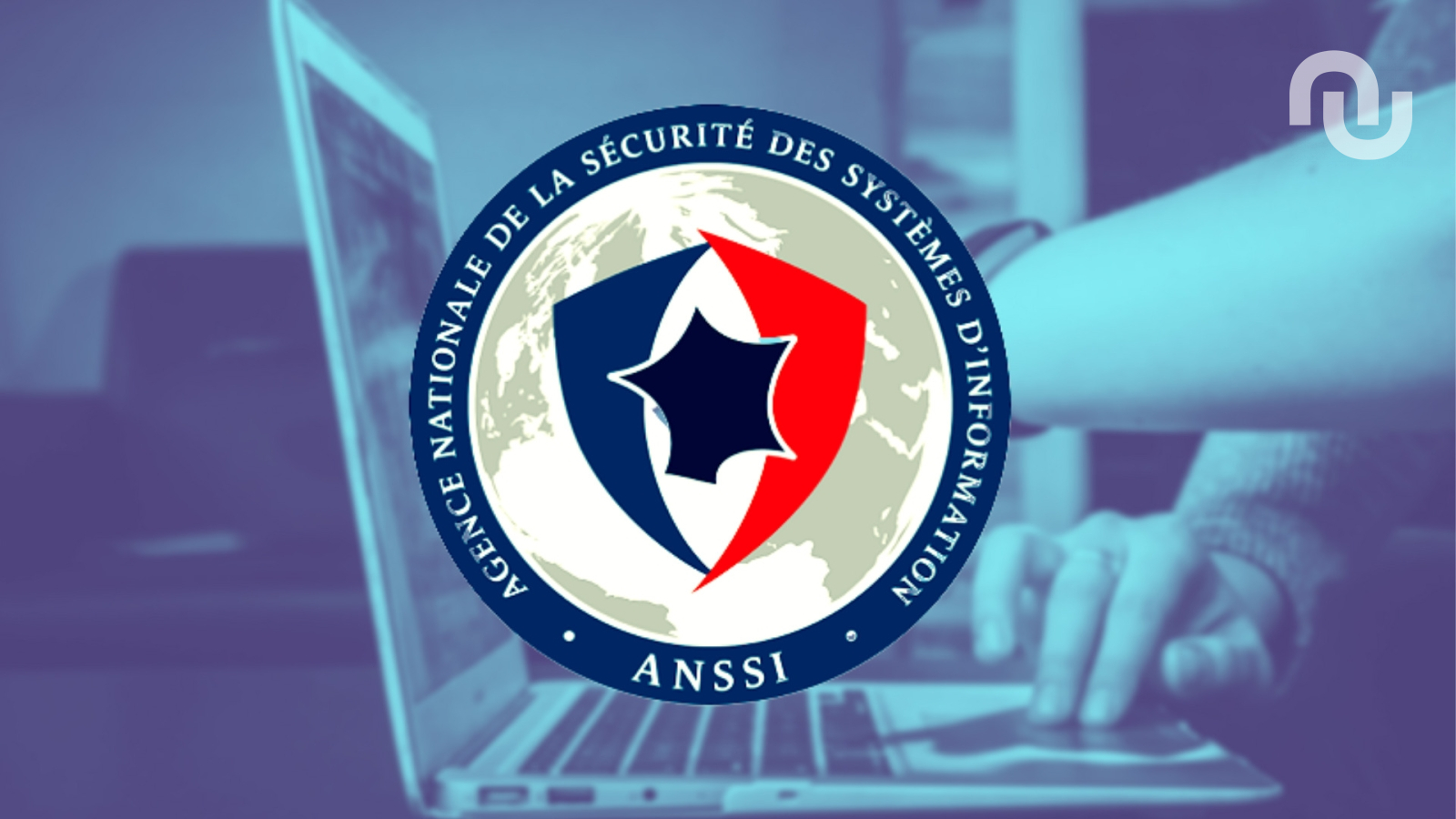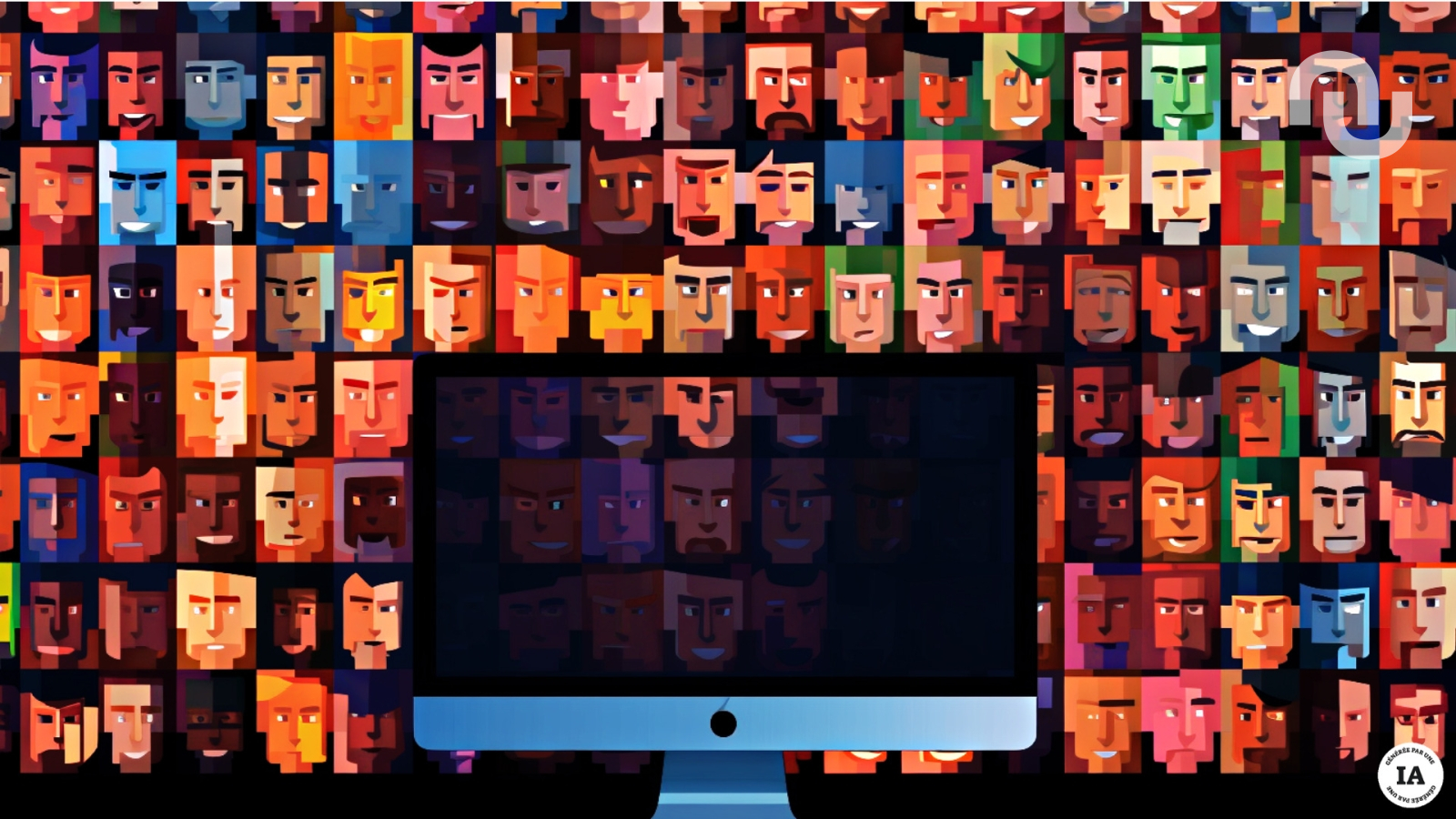Show HN: OpenNutrition – A free, public nutrition database
Hi HN!Today I’m excited to launch OpenNutrition: a free, ODbL-licenced nutrition database of everyday generic, branded, and restaurant foods, a search engine that can browse the web to import new foods, and a companion app that bundles the database and search as a free macro tracking app.Consistently logging the foods you eat has been shown to support long-term health outcomes (1)(2), but doing so easily depends on having a large, accurate, and up-to-date nutrition database. Free, public databases are often out-of-date, hard to navigate, and missing critical coverage (like branded restaurant foods). User-generated databases can be unreliable or closed-source. Commercial databases come with ongoing, often per-seat licensing costs, and usage restrictions that limit innovation.As an amateur powerlifter and long-term weight loss maintainer, helping others pursue their health goals is something I care about deeply. After exiting my previous startup last year, I wanted to investigate the possibility of using LLMs to create the database and infrastructure required to make a great food logging app that was cost engineered for free and accessible distribution, as I believe that the availability of these tools is a public good. That led to creating the dataset I’m releasing today; nutritional data is public record, and its organization and dissemination should be, too.What’s in the database?- 5,287 common everyday foods, 3,836 prepared and generic restaurant foods, and 4,182 distinct menu items from ~50 popular US restaurant chains; foods have standardized naming, consistent numeric serving sizes, estimated micronutrient profiles, descriptions, and citations/groundings to USDA, AUSNUT, FRIDA, CNF, etc, when possible.- 313,442 of the most popular US branded grocery products with standardized naming, parsed serving sizes, and additive/allergen data, grounded in branded USDA data; the most popular 1% have estimated micronutrient data, with the goal of full coverage.Even the largest commercial databases can be frustrating to work with when searching for foods or customizations without existing coverage. To solve this, I created a real-time version of the same approach used to build the core database that can browse the web to learn about new foods or food customizations if needed (e.g., a highly customized Starbucks order). There is a limited demo on the web, and in-app you can log foods with text search, via barcode scan, or by image, all of which can search the web to import foods for you if needed. Foods discovered via these searches are fed back into the database, and I plan to publish updated versions as coverage expands.- Search & Explore: https://www.opennutrition.app/search- Methodology/About: https://www.opennutrition.app/about- Get the iOS App: https://apps.apple.com/us/app/opennutrition-macro-tracker/id...- Download the dataset: https://www.opennutrition.app/downloadOpenNutrition’s iOS app offers free essential logging and a limited number of agentic searches, plus expenditure tracking and ongoing diet recommendations like best-in-class paid apps. A paid tier ($49/year) unlocks additional searches and features (data backup, prioritized micronutrient coverage for logged foods), and helps fund further development and broader library coverage.I’d love to hear your feedback, questions, and suggestions—whether it’s about the database itself, a really great/bad search result, or the app.1. Burke et al., 2011, https://www.ncbi.nlm.nih.gov/pmc/articles/PMC3268700/2. Patel et al., 2019, https://mhealth.jmir.org/2019/2/e12209/ Comments URL: https://news.ycombinator.com/item?id=43569190 Points: 133 # Comments: 56
Hi HN!
Today I’m excited to launch OpenNutrition: a free, ODbL-licenced nutrition database of everyday generic, branded, and restaurant foods, a search engine that can browse the web to import new foods, and a companion app that bundles the database and search as a free macro tracking app.
Consistently logging the foods you eat has been shown to support long-term health outcomes (1)(2), but doing so easily depends on having a large, accurate, and up-to-date nutrition database. Free, public databases are often out-of-date, hard to navigate, and missing critical coverage (like branded restaurant foods). User-generated databases can be unreliable or closed-source. Commercial databases come with ongoing, often per-seat licensing costs, and usage restrictions that limit innovation.
As an amateur powerlifter and long-term weight loss maintainer, helping others pursue their health goals is something I care about deeply. After exiting my previous startup last year, I wanted to investigate the possibility of using LLMs to create the database and infrastructure required to make a great food logging app that was cost engineered for free and accessible distribution, as I believe that the availability of these tools is a public good. That led to creating the dataset I’m releasing today; nutritional data is public record, and its organization and dissemination should be, too.
What’s in the database?
- 5,287 common everyday foods, 3,836 prepared and generic restaurant foods, and 4,182 distinct menu items from ~50 popular US restaurant chains; foods have standardized naming, consistent numeric serving sizes, estimated micronutrient profiles, descriptions, and citations/groundings to USDA, AUSNUT, FRIDA, CNF, etc, when possible.
- 313,442 of the most popular US branded grocery products with standardized naming, parsed serving sizes, and additive/allergen data, grounded in branded USDA data; the most popular 1% have estimated micronutrient data, with the goal of full coverage.
Even the largest commercial databases can be frustrating to work with when searching for foods or customizations without existing coverage. To solve this, I created a real-time version of the same approach used to build the core database that can browse the web to learn about new foods or food customizations if needed (e.g., a highly customized Starbucks order). There is a limited demo on the web, and in-app you can log foods with text search, via barcode scan, or by image, all of which can search the web to import foods for you if needed. Foods discovered via these searches are fed back into the database, and I plan to publish updated versions as coverage expands.
- Search & Explore: https://www.opennutrition.app/search
- Methodology/About: https://www.opennutrition.app/about
- Get the iOS App: https://apps.apple.com/us/app/opennutrition-macro-tracker/id...
- Download the dataset: https://www.opennutrition.app/download
OpenNutrition’s iOS app offers free essential logging and a limited number of agentic searches, plus expenditure tracking and ongoing diet recommendations like best-in-class paid apps. A paid tier ($49/year) unlocks additional searches and features (data backup, prioritized micronutrient coverage for logged foods), and helps fund further development and broader library coverage.
I’d love to hear your feedback, questions, and suggestions—whether it’s about the database itself, a really great/bad search result, or the app.
1. Burke et al., 2011, https://www.ncbi.nlm.nih.gov/pmc/articles/PMC3268700/
2. Patel et al., 2019, https://mhealth.jmir.org/2019/2/e12209/
Comments URL: https://news.ycombinator.com/item?id=43569190
Points: 133
# Comments: 56
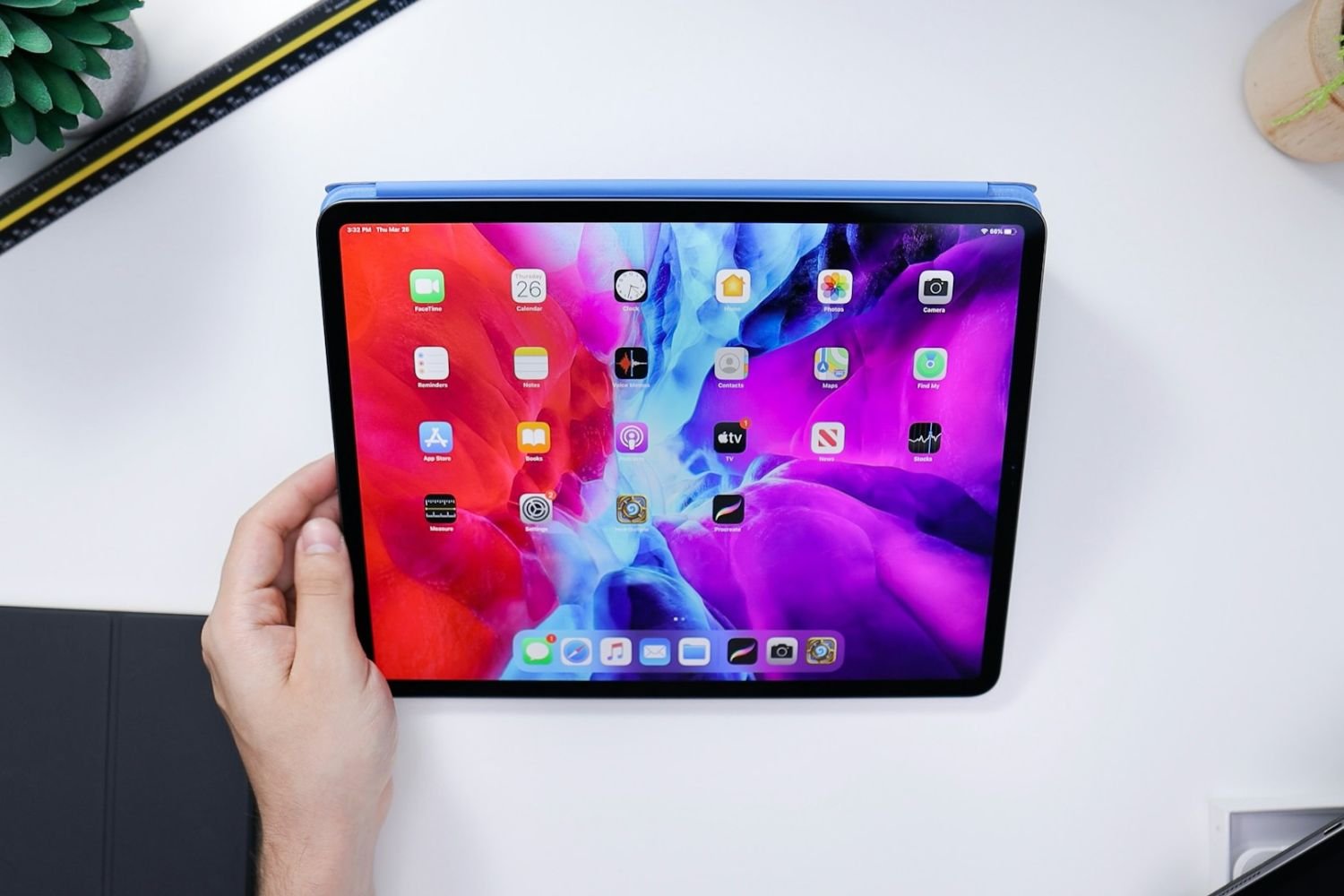
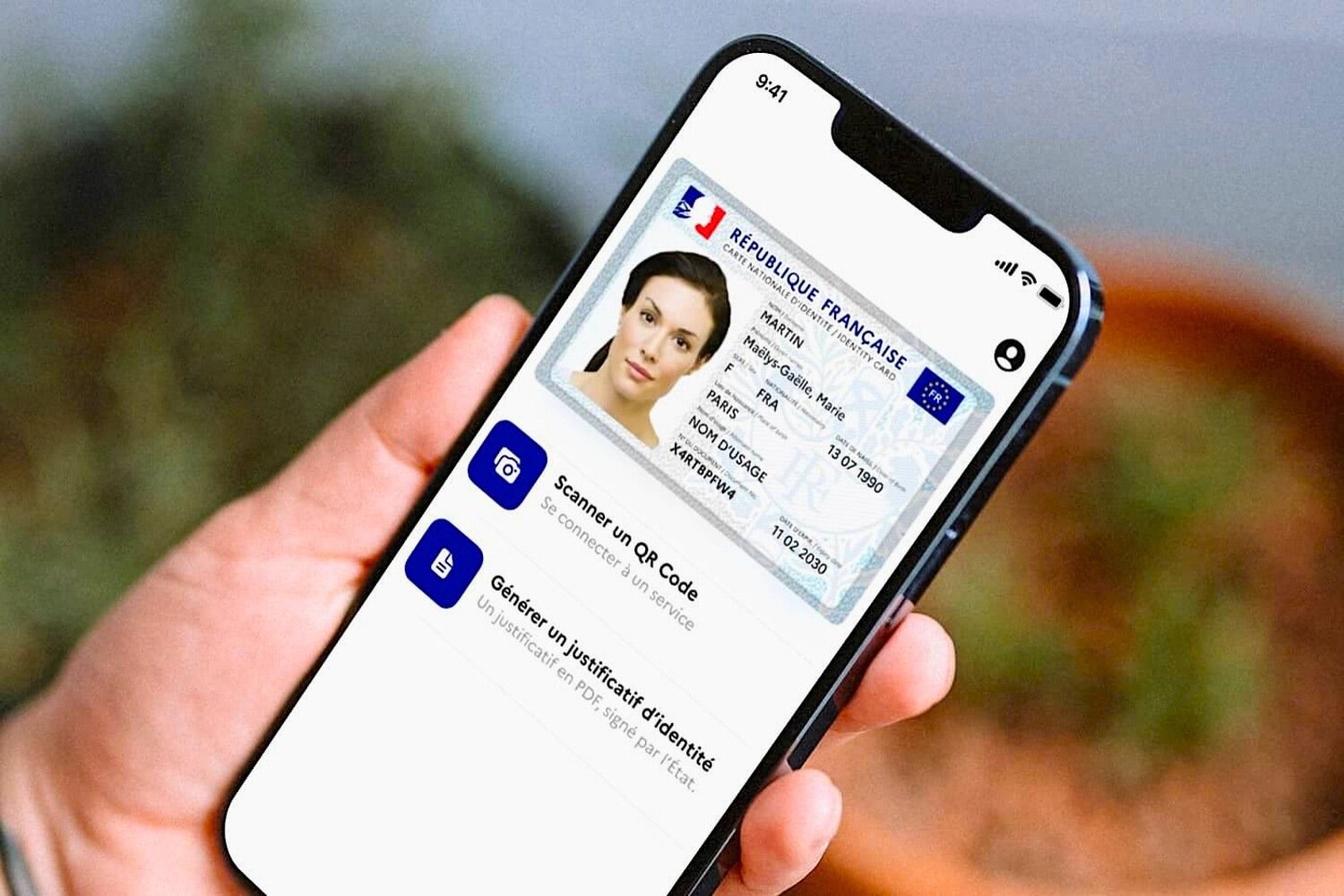
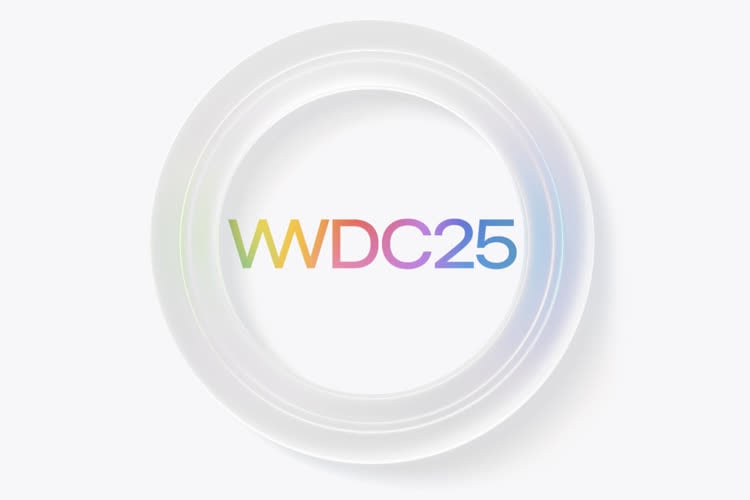

















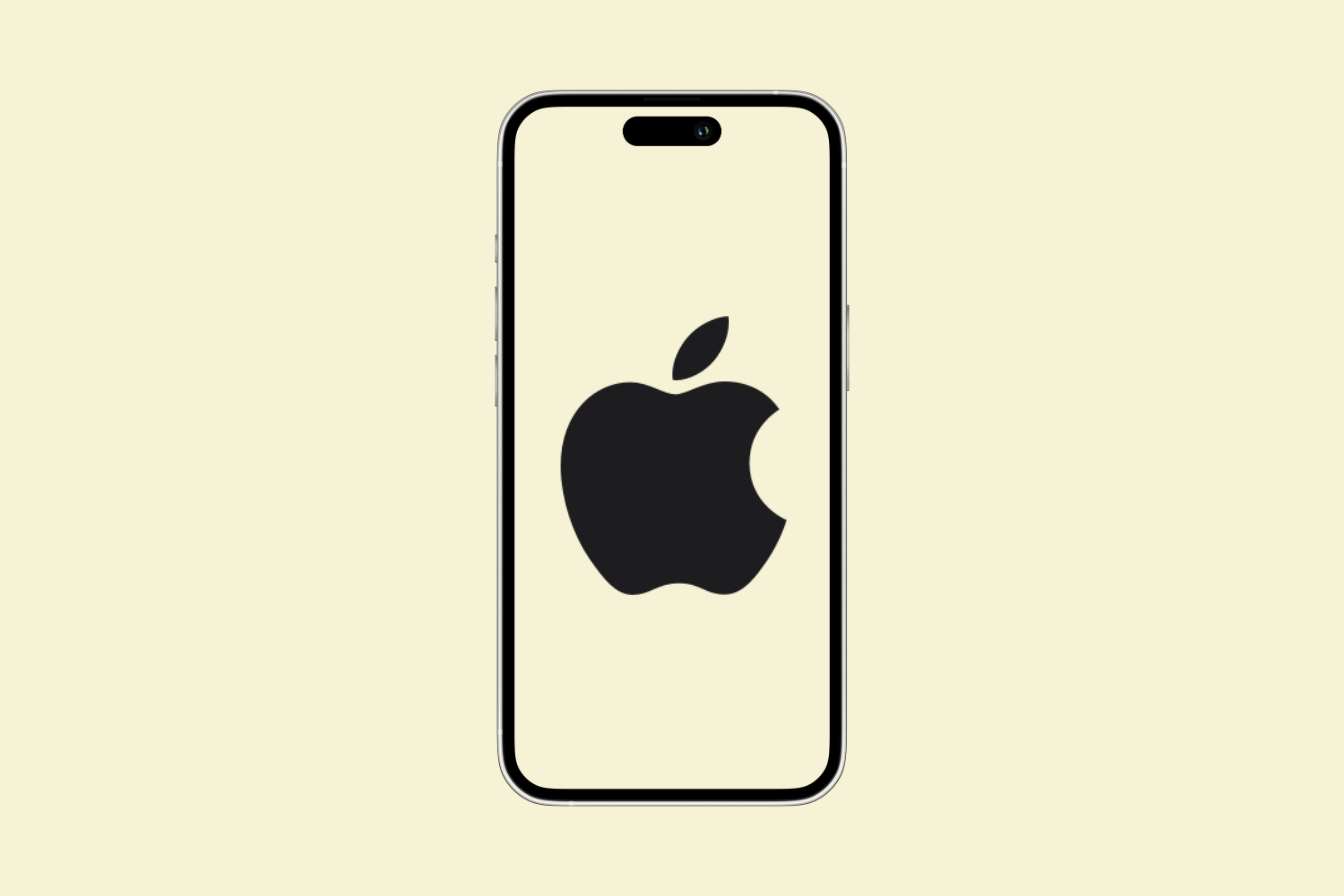
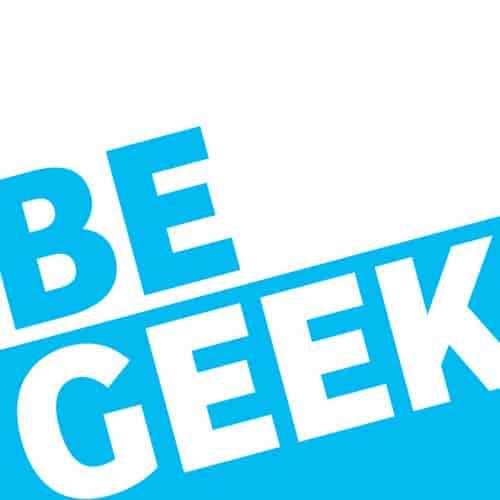



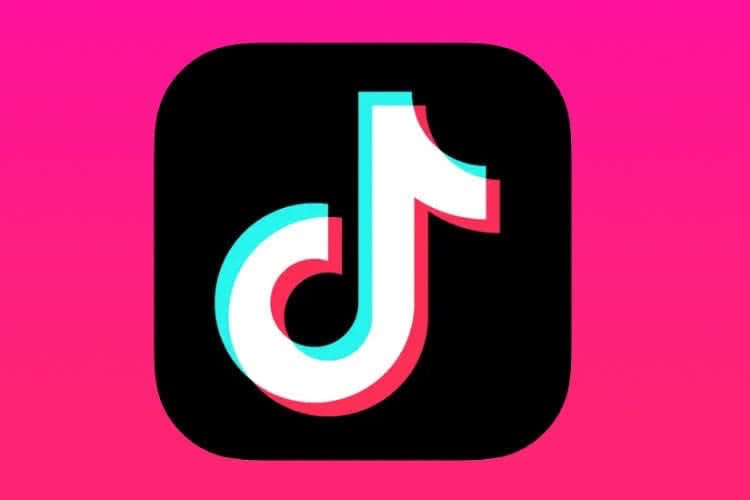
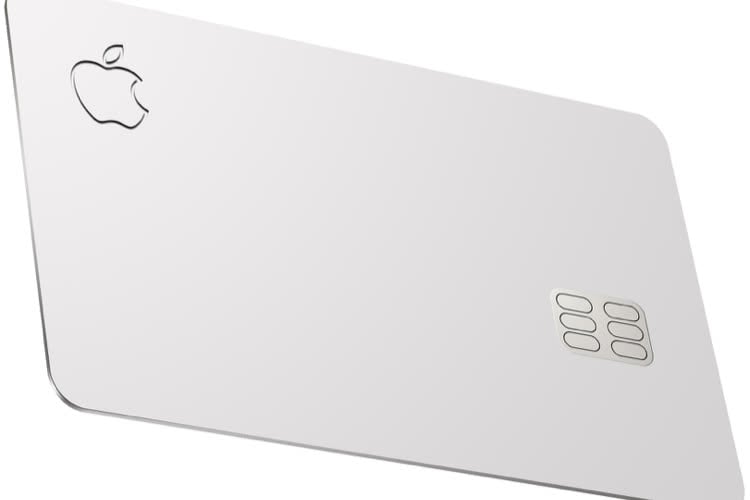
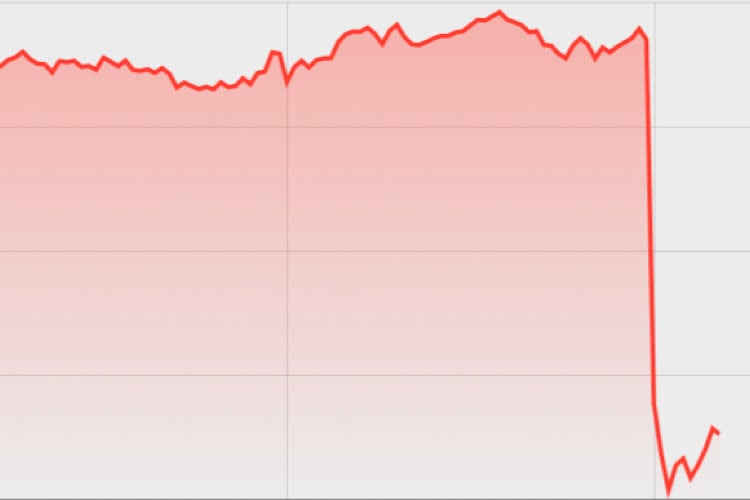
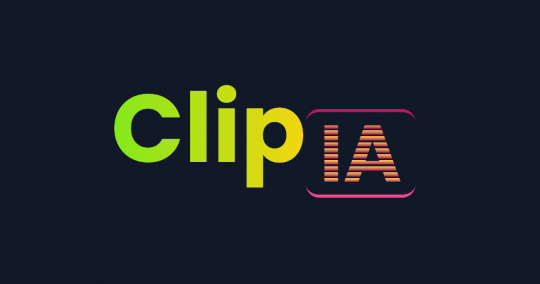








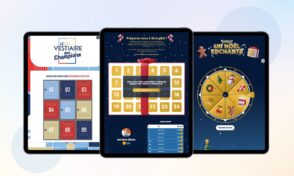


















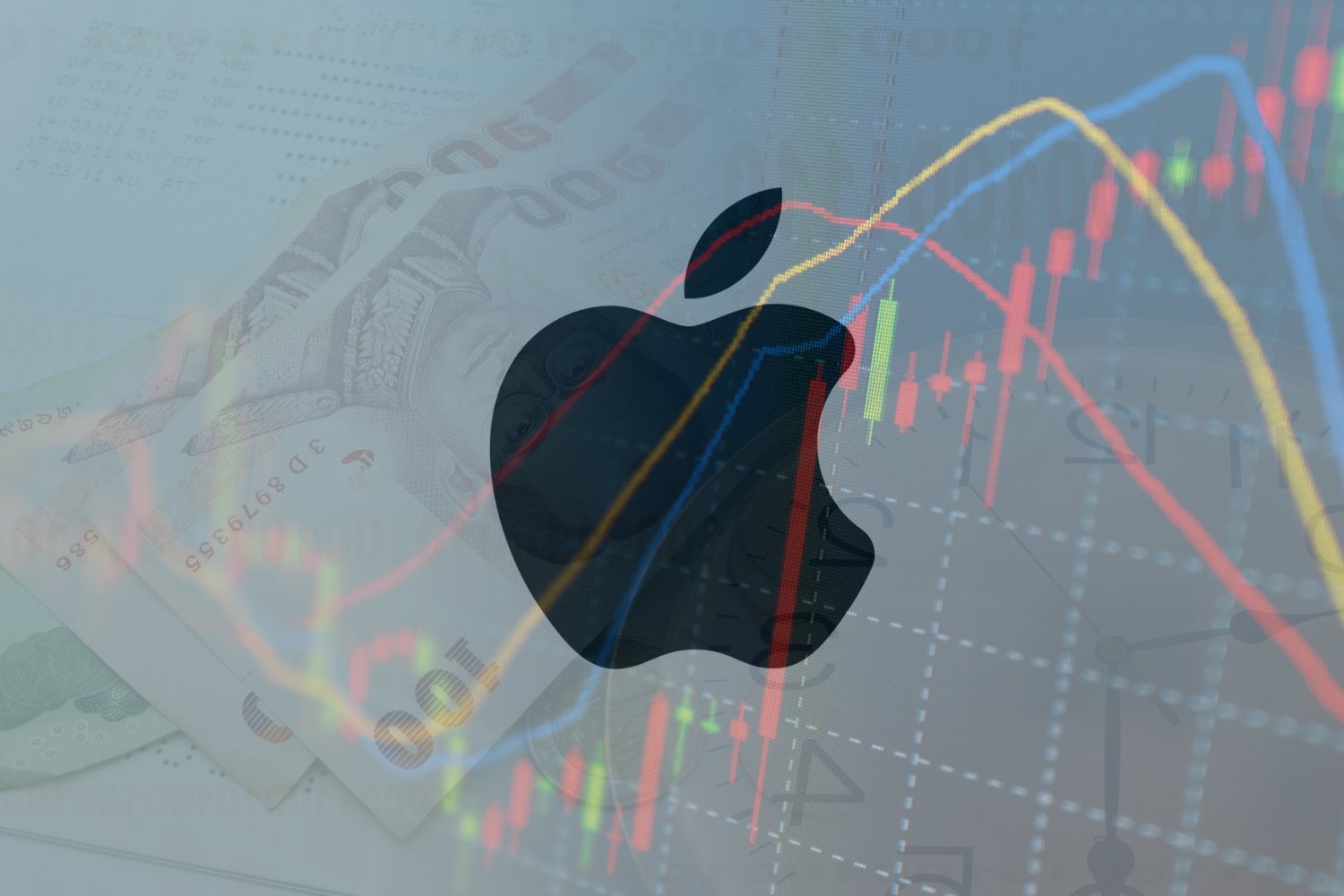

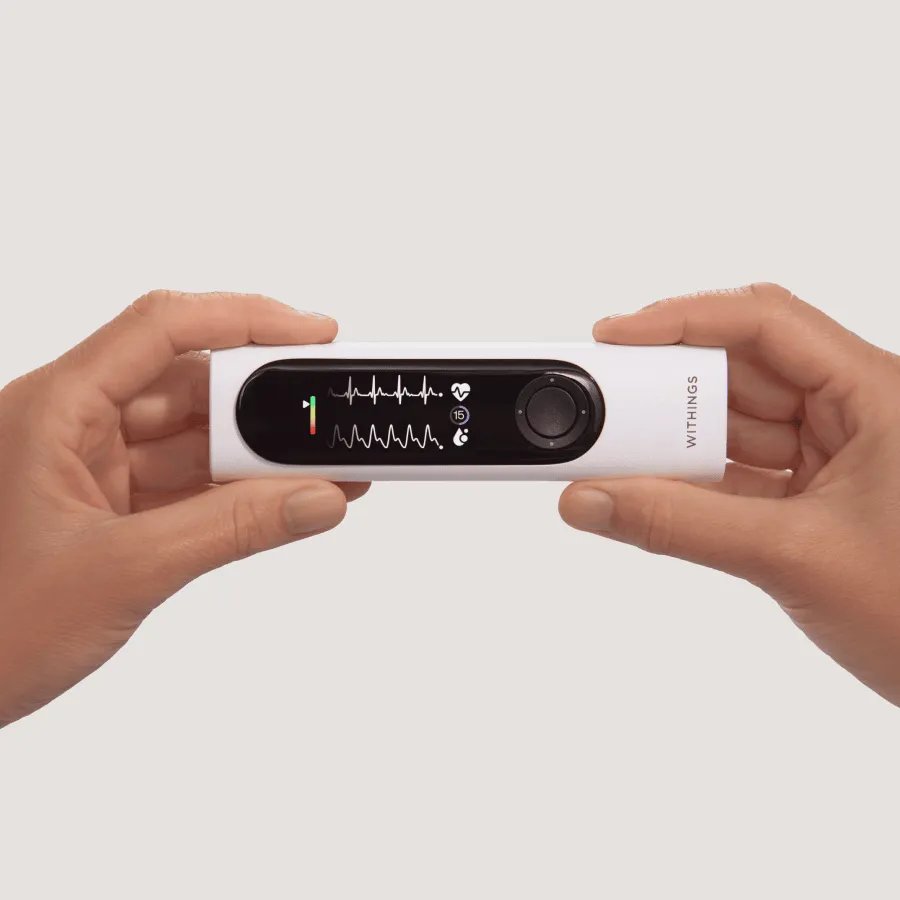

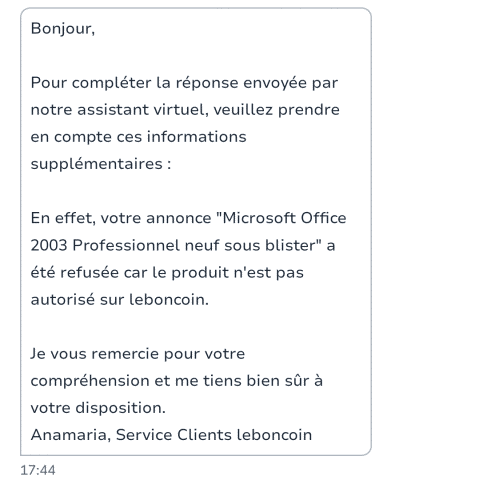







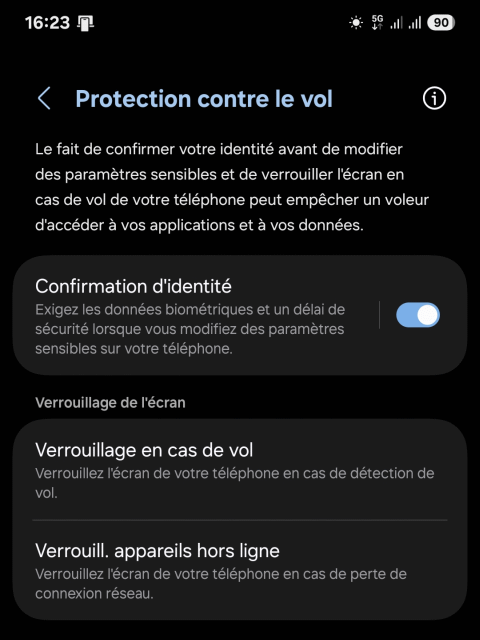
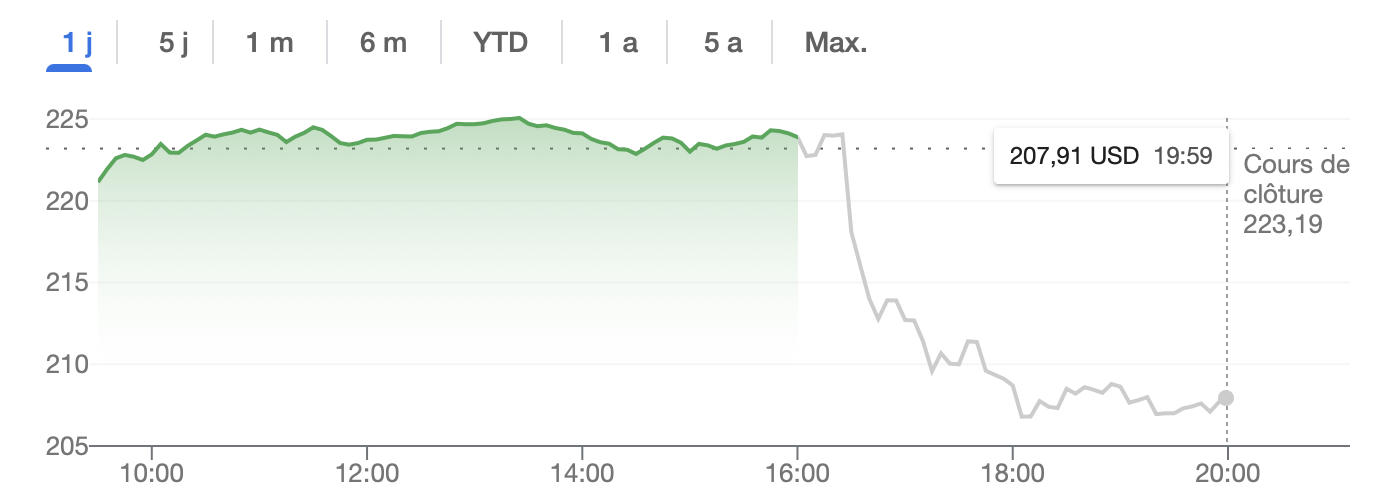
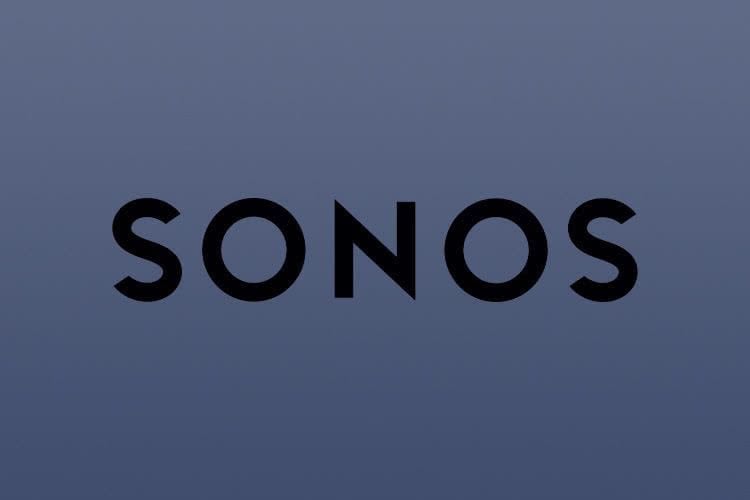
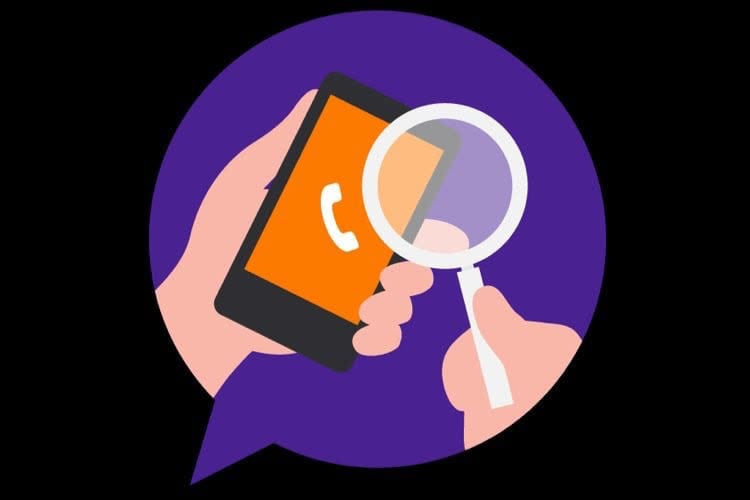
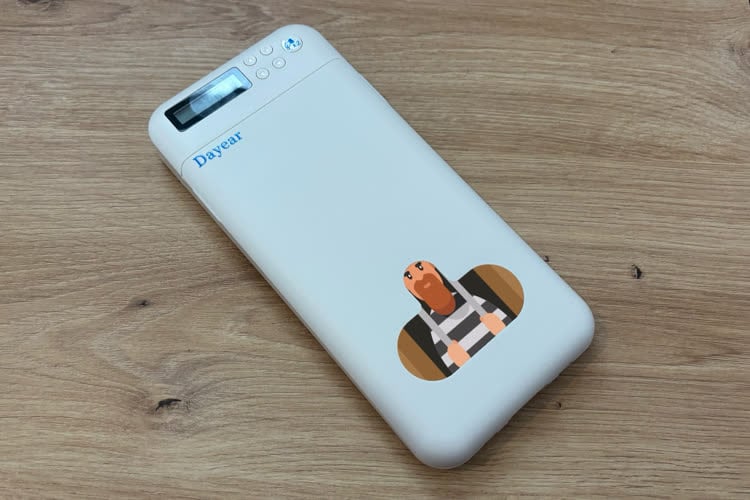


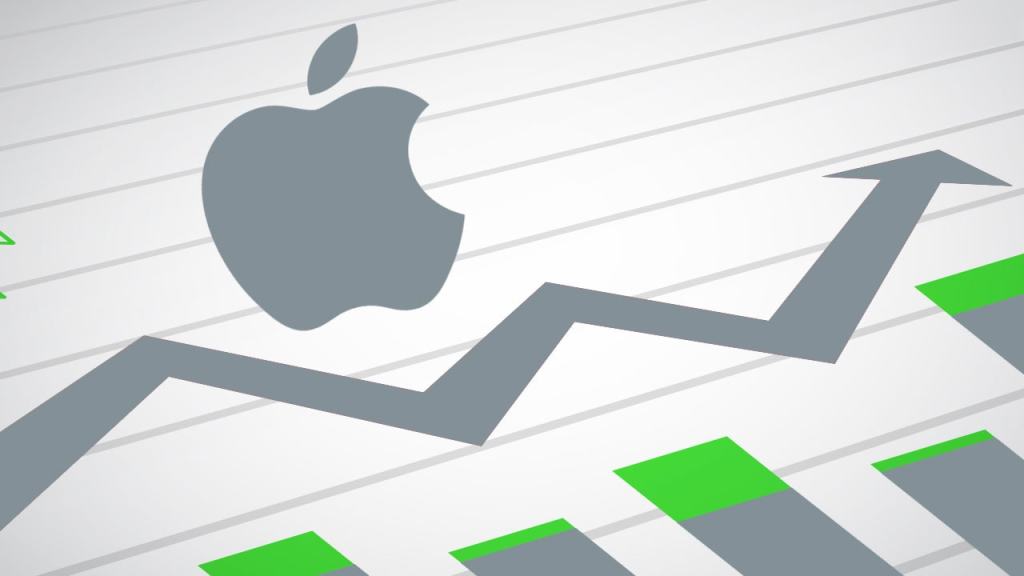


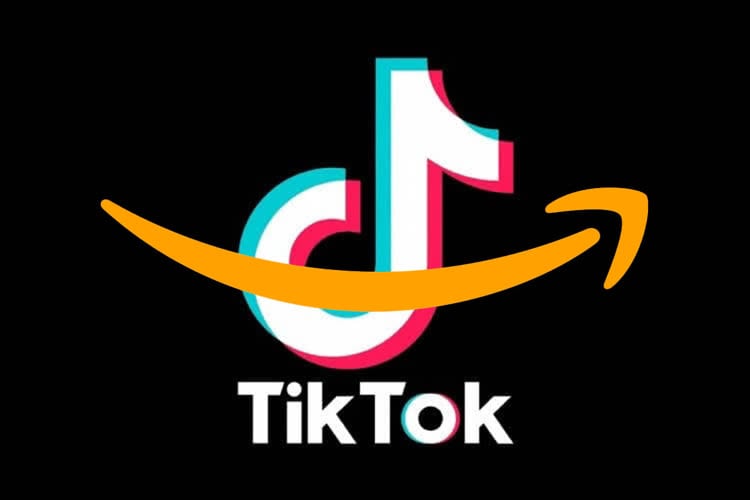
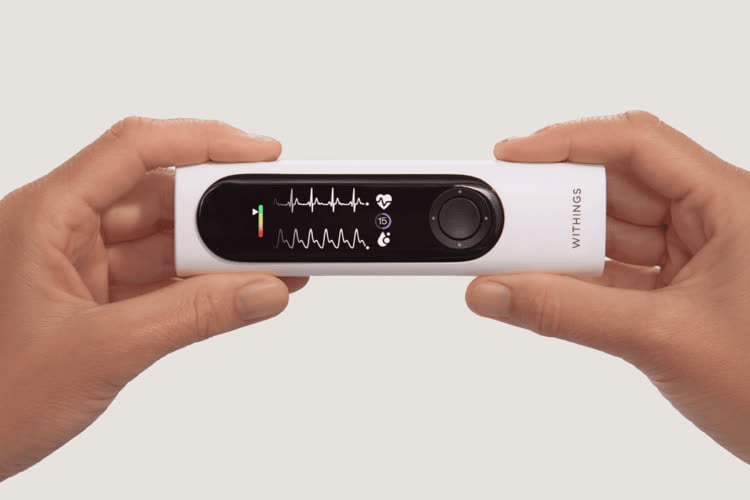
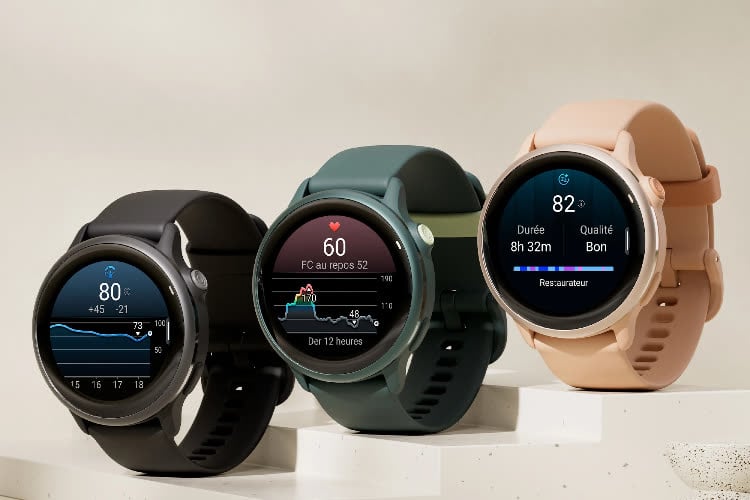
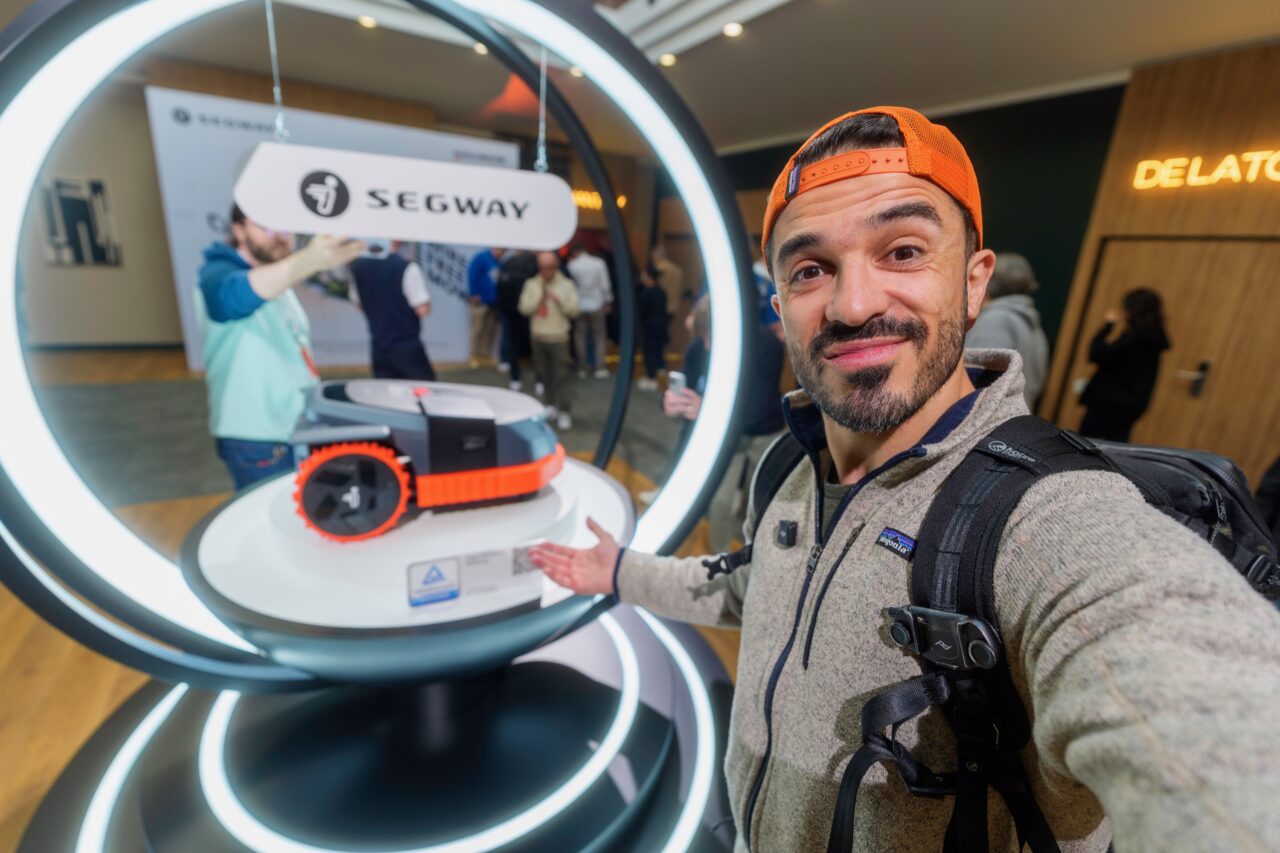
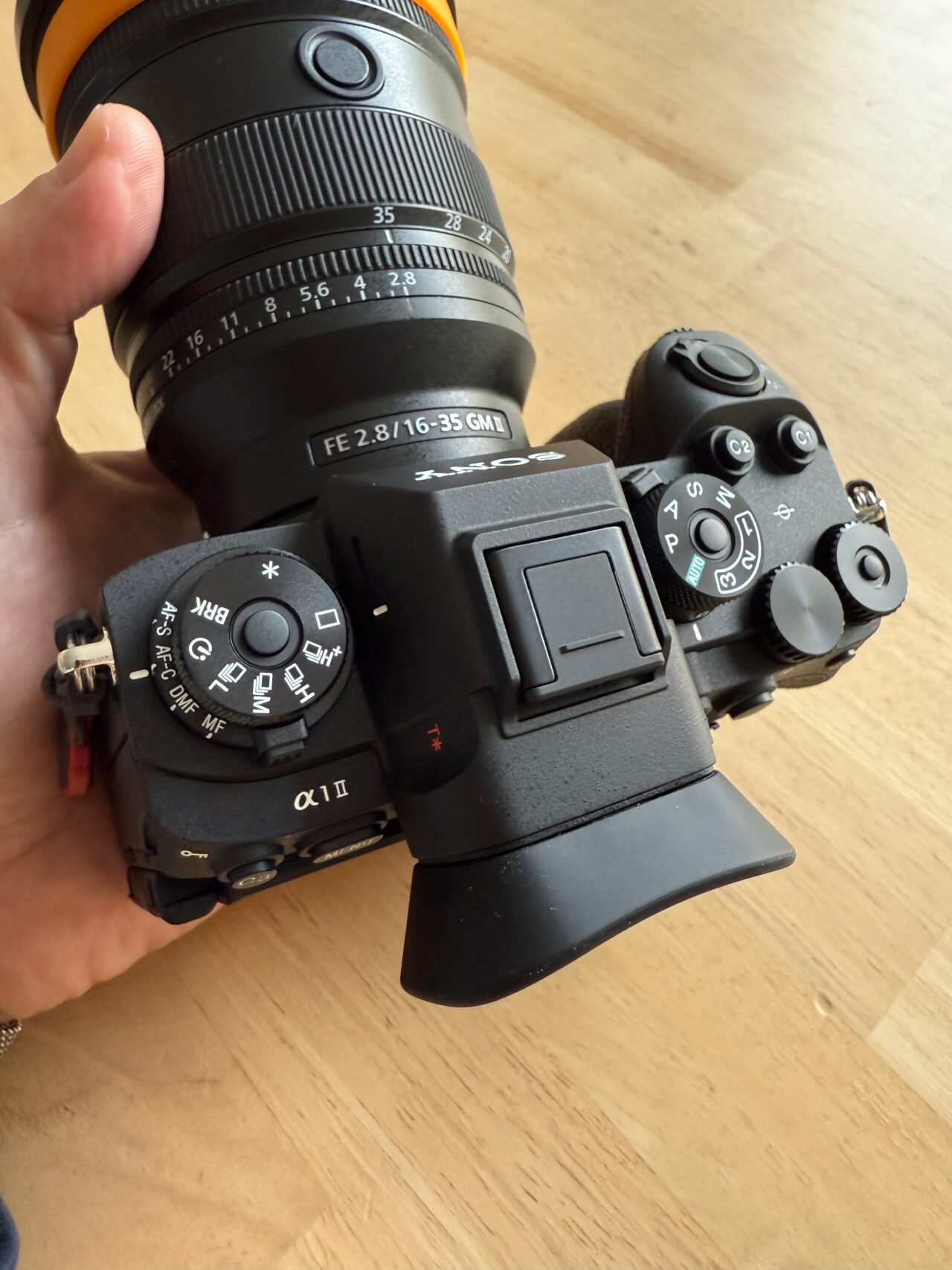

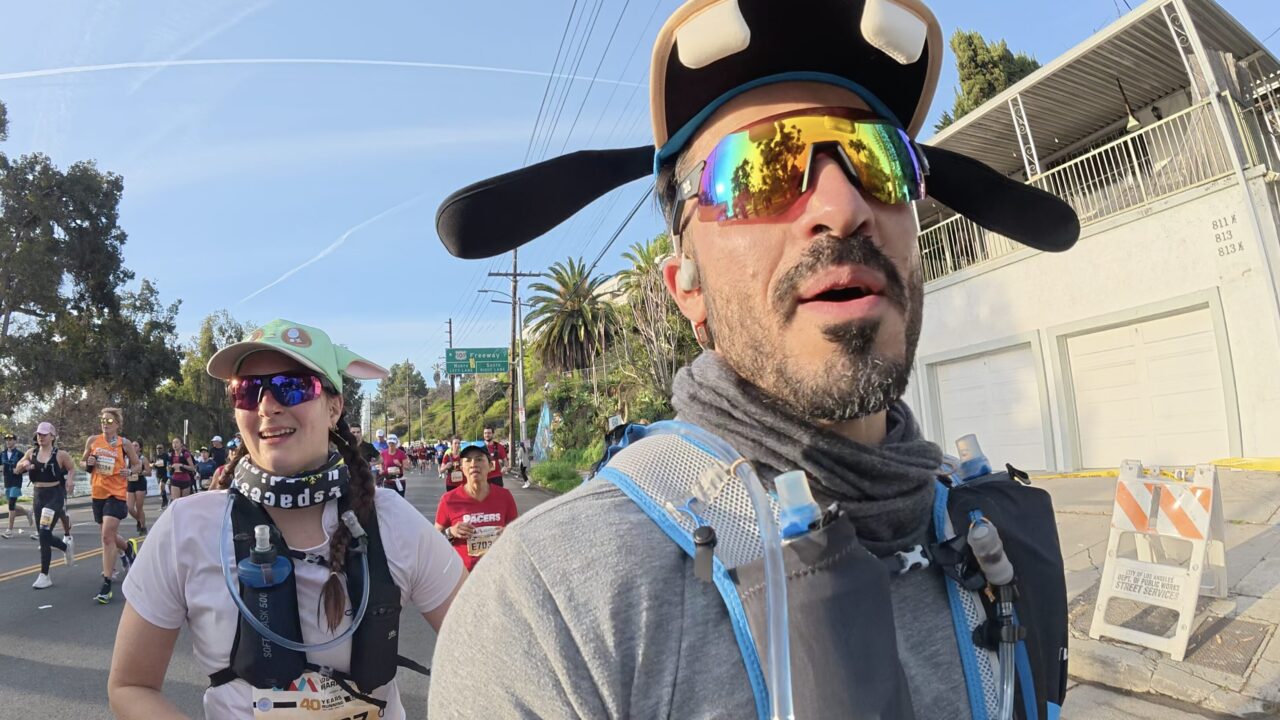



























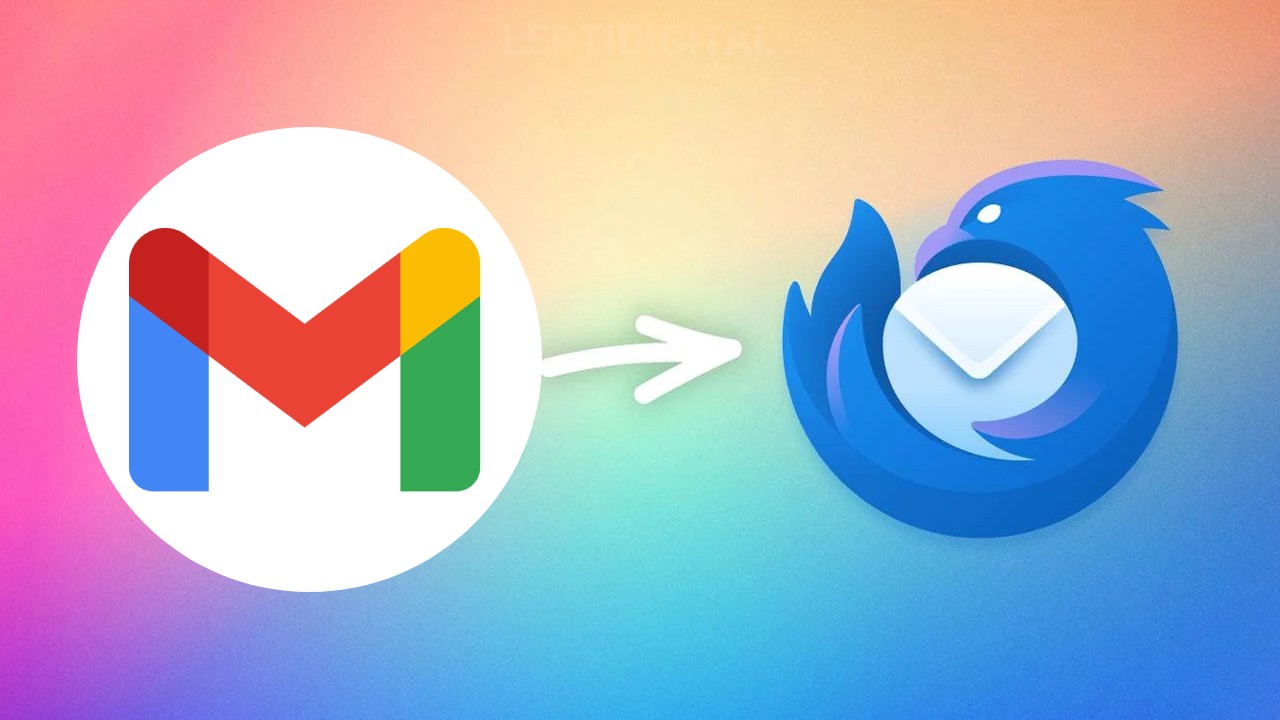














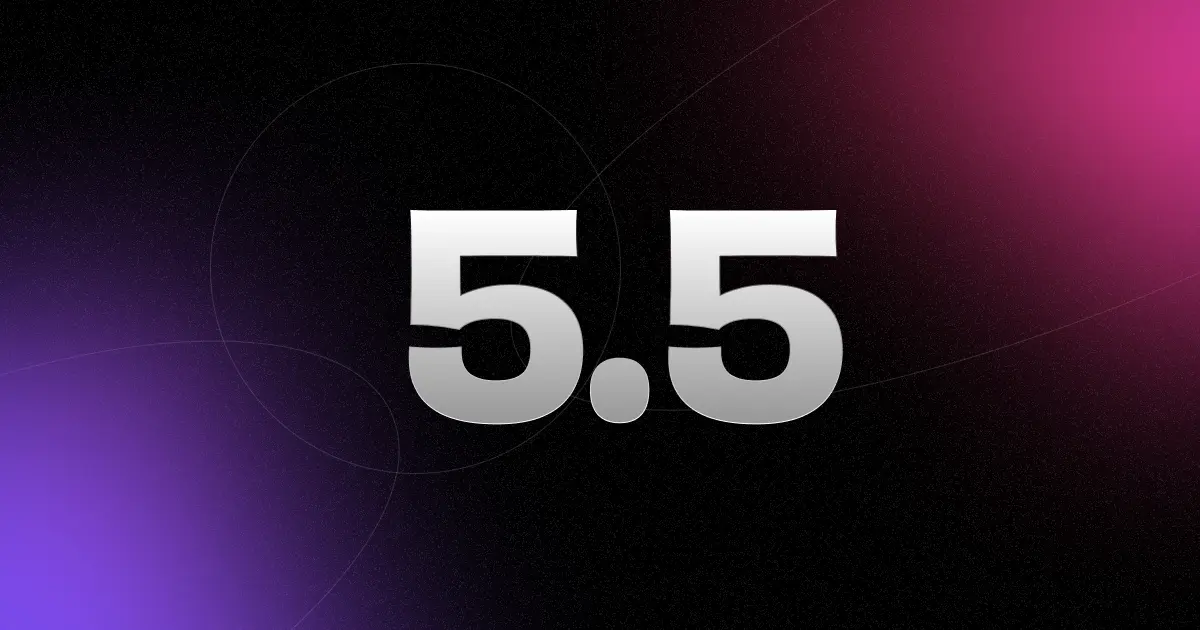






![Bilan 2024 : Les nouveautés Agorapulse pour booster votre stratégie sociale [Infographie]](https://www.agorapulse.com/fr/blog/wp-content/uploads/sites/3/2025/03/FR-New-Favorite-Agorapulse-Features-of-2024-Blogpost-Header-scaled.jpg?#)










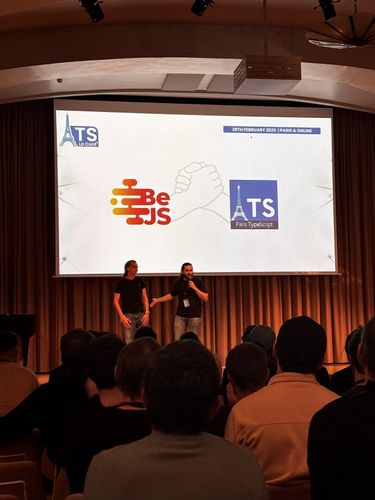









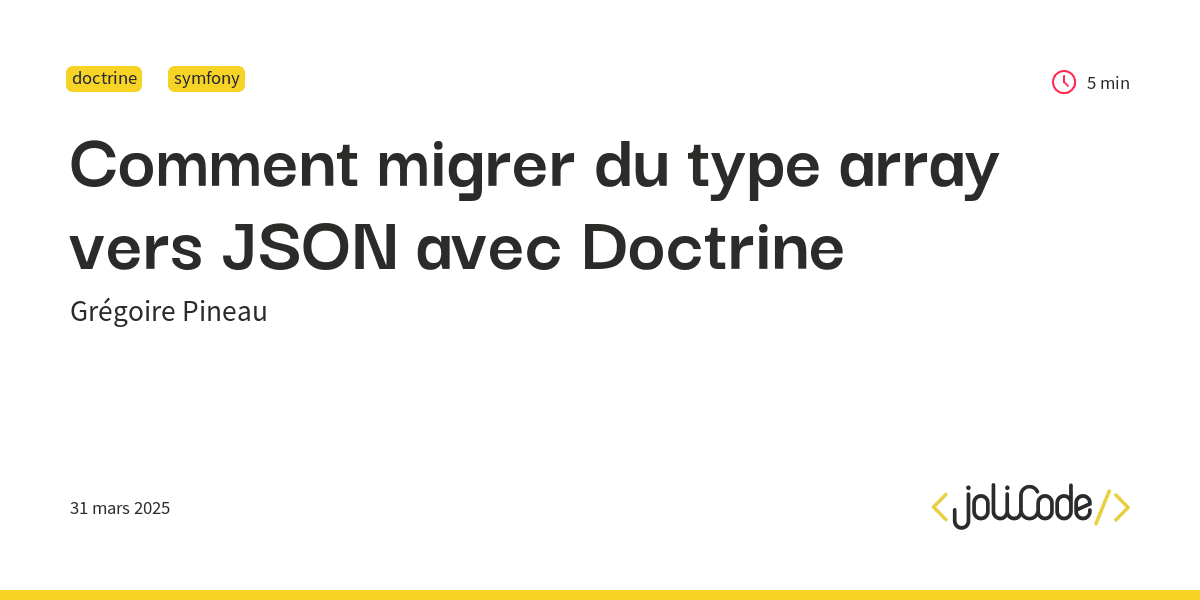

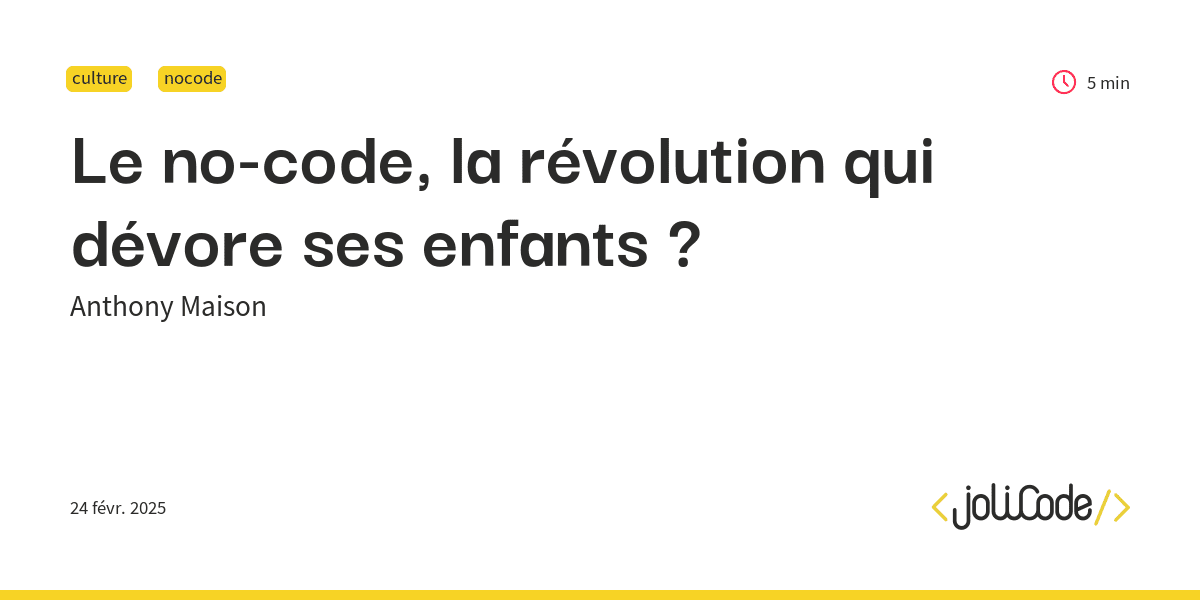










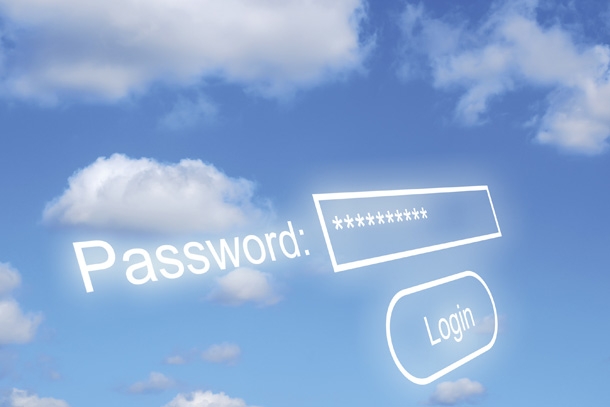



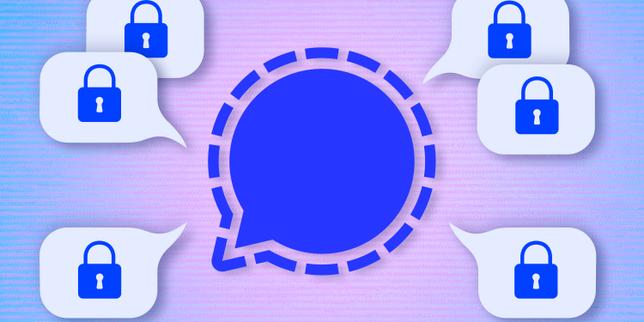



![Et si cette entreprise française qui sécurise les sites sensibles sécurisait aussi votre foyer ? [Sponso]](https://c0.lestechnophiles.com/www.numerama.com/wp-content/uploads/2025/04/installation-videosurveillance.jpg?resize=1600,900&key=b2482d73&watermark)
